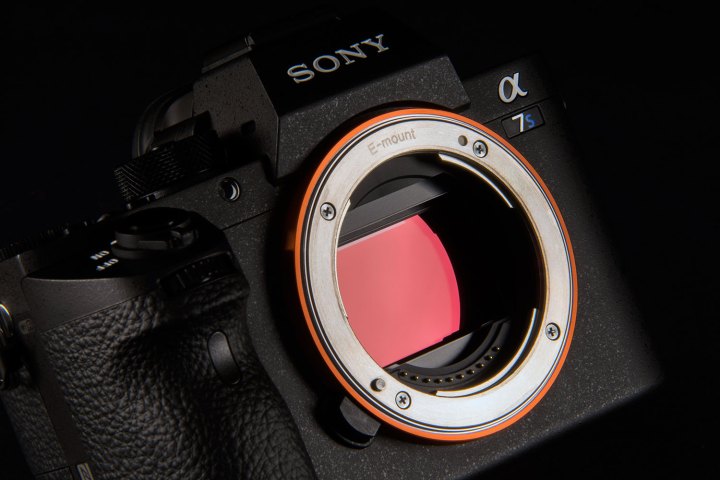
The quakes, including a magnitude 6.2 foreshock on April 14 and magnitude 7.0 mainshock on April 16, occurred less than seven miles below the Earth’s surface. That means their effect was actually quite a bit larger compared to what the (already severe) moment magnitudes would indicate. This is illustrated in the mainshock registering a magnitude 8.8 on the Mercalli scale, which takes into account the physical effects caused by a quake. Sony’s Kumamoto facility was located just five miles from the epicenter.
While production at Sony’s plant resumed less than a month after the quakes, the reality is that several months of work were likely lost, as explained by Imaging Resource. The entire semiconductor fabrication process involves hundreds of steps, and usually takes about three months from start to finish. Given the sensitive nature of the equipment involved, it is unlikely that any work in progress could simply be picked up after the plant was brought back online. This meant restarting production from scratch, wiping out the entire pipeline. The first sensors to be produced post-earthquake should be rolling out about now.
This also marks the end of the first quarter of Japan’s fiscal year, and both Olympus and Nikon, which rely on Sony sensors, have posted dramatic revenue declines from their imaging businesses for the quarter (Olympus is down by 25.5 percent, Nikon by 31 percent).
How much of this is related to the lack of sensor availability is unclear, but the quakes are likely responsible for delays of several products originally slated for spring. In particular, Nikon’s advanced compact DL cameras were pushed from a planned June release and still have no official ETA. The camera industry will likely still be playing catch-up for some time, but with production back up and running at Sony’s plant, the worst is likely behind us.



